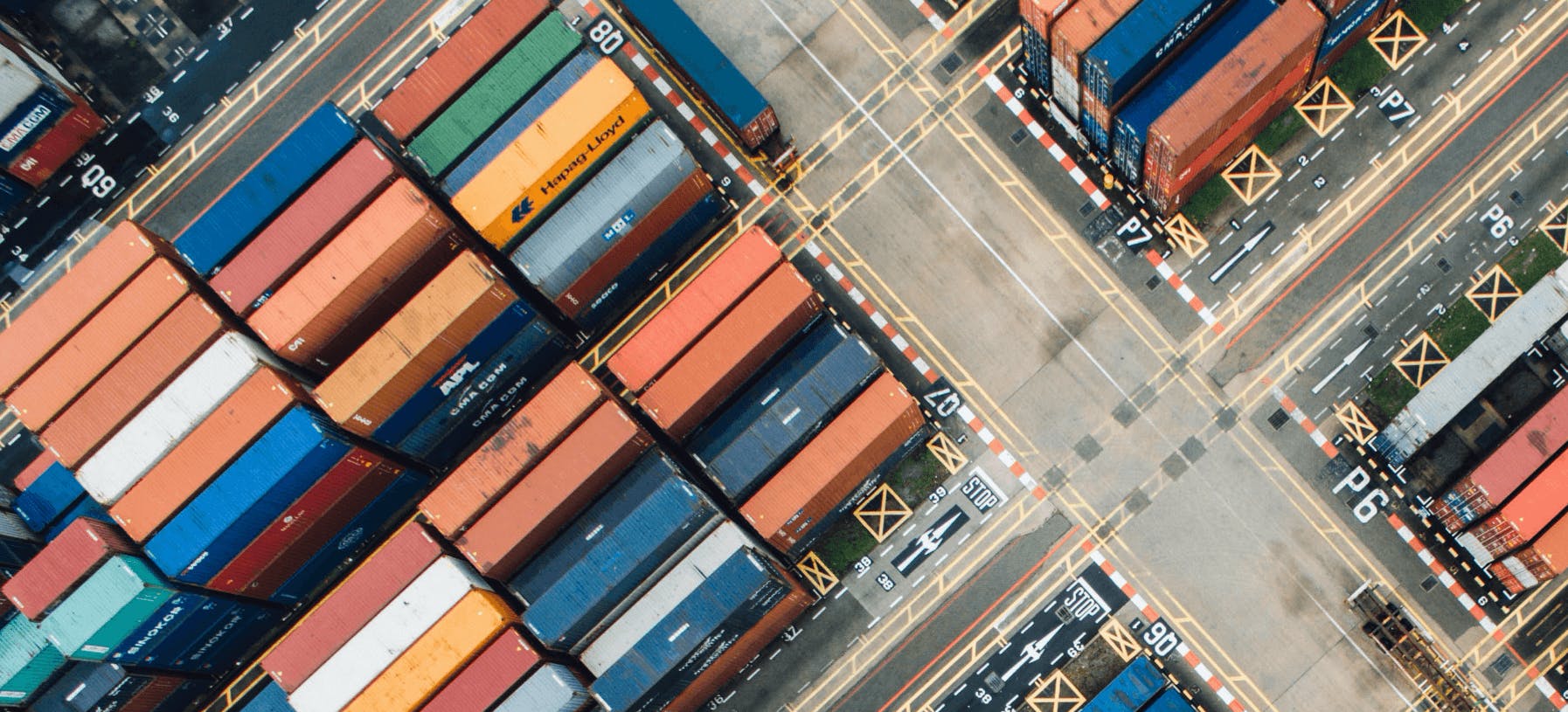Greening Trade 6 – Towards a European Carbon Border Adjustment Mechanism: Three “Ds” to overcome the EU’s first mover disadvantage
With its “Fit-for-55” package expected to be published on 14 July 2021, the European Commission faces the challenge of gearing up Europe to reach climate neutrality by 2050. The upcoming package encompasses a series of legislative acts, the purpose of which are to reach the milestone of reducing EU greenhouse gases (GHG) emissions by 55% in 2030 across a range of key economic sectors (transport, energy, agriculture, forestry).
As a stepping stone in the EU’s green revolution journey, setting the first ever large-scale carbon border adjustment mechanism (CBAM) will not be effortless. The EU will become the first bloc in the world to set out a multi-sectoral CBAM with potential impacts on trade relations and flows. Resulting from the necessity to design a CBAM which would be both compliant with international trade law and internationally understood if not accepted, the EU is experiencing what one could call a “first mover disadvantage”.
Through strategic design elements and further diplomatic proactivity, the EU must reassure its trading partners and make clear that CBAM will not result in the creation of a ‘rich club’, nor penalise the most vulnerable countries. Given the importance of making COP26 in Glasgow a success, the EU should also make sure that its CBAM system is not perceived as an additional North-South polarization factor. In this note, we take stock of the policy debates that took place since our proposal for a CBAM template in June of 2020. We analyze the content of the leaked CBAM regulation and present our recommendations in three Ds (Diplomacy, Dialogue and Design) to overcome the EU’s ‘first mover disadvantage’.










